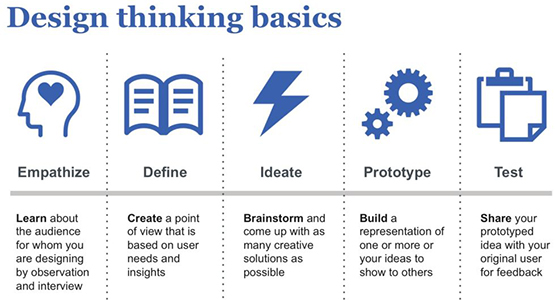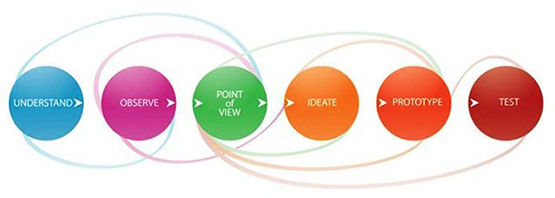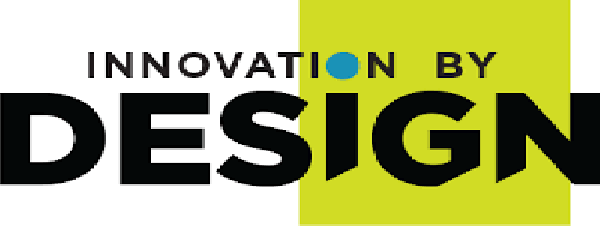Design Thinking
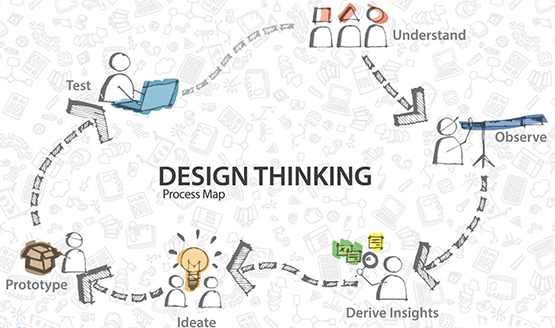
Design Thinking is a design methodology that provides a solution-based approach to tackling complex problems that are ill-defined or unknown, by understanding the 5 stages of Design Thinking that will empower anyone to apply these methods to solve complex problems in their companies.
The 5 different stages of Design Thinking are:
1. Empathize:
The first stage is to gain an empathic understanding of the problem you are trying to solve. This is done through observing, engaging and empathizing with people so as to understand their experiences and motivations.
Also immersing yourself in the physical environment can give you a deeper understanding of the issues involved. Empathy is crucial to a human-centered design process, and allows design thinkers to set aside their own assumptions.
A substantial amount of information should be gathered at this stage for use during the next stage, and to develop the best possible understanding of the participants, their needs, and the problems that underlie the development of that particular product/service.
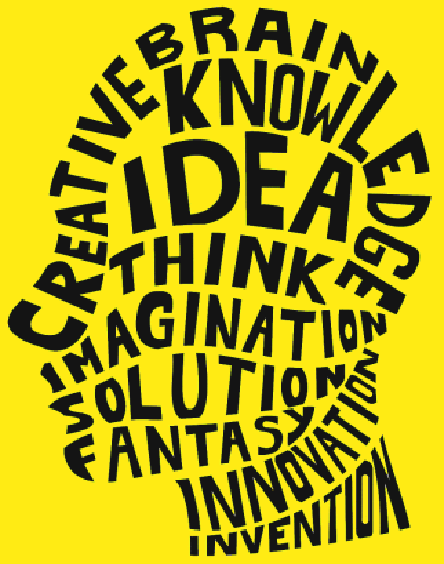
2. Define (the Problem)
During the Define stage, you will analyze your observations and synthesize them in order to define the core problems that you and your team have identified up to this point. You should seek to define the problem as a problem statement in a human-centered manner.
Instead of defining the problem as your own wish/need such as: “We need to increase our food-product market share among young teenage girls by 5%.” A much better way to define the problem would be: “Teenage girls need to eat nutritious food in order to thrive, be healthy and grow.”
The Define stage will help the designers in your team gather great ideas to establish features, functions, and any other elements that will allow them to allow the users to resolve issues themselves with minimal difficulty.
In the Define stage you will start to progress to the third stage, Ideate, by asking questions which can help you look for ideas for solutions like: “How might we encourage teenage girls to perform an action that benefits them and also involves your company’s food-product or service?”
3. Ideate
Now, designers will start generating ideas, after they ended up with a human-centered problem statement. With this solid background, team members can begin to "think outside the box" to identify new solutions to the problem statement they have created.
Brainstorm sessions will stimulate free thinking and expand the problem space.
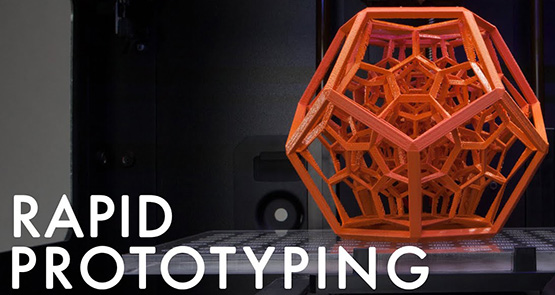
4. Prototype
The design team will now produce a number of inexpensive, scaled down versions of the product or specific features found within the product, so they can investigate the problem solutions generated in the previous stage. Prototypes are shared and tested within the team, in other departments, or on a small group of outsiders.
This is an experimental phase, and the aim is to identify the best possible solution for each of the problems identified during the first three stages. The solutions are implemented within the prototypes, are investigated, and either accepted, improved and re-examined, or rejected on the basis of the users’ experiences.
By the end of this stage, the design team will have a better idea of the constraints inherent to the product and the problems that are present, and have a clearer view of how real users would behave, think, and feel when interacting with the end product.
5. Test
Designers or evaluators rigorously test the product using the best solutions identified during the prototyping phase.
In an iterative process, the results generated during the testing phase can be used to redefine one or more problems about how people think, behave, and feel about the product.
Even here, alterations and refinements are made in order to rule out problematic solutions, and derive at as deep an understanding of the product and its users as possible.
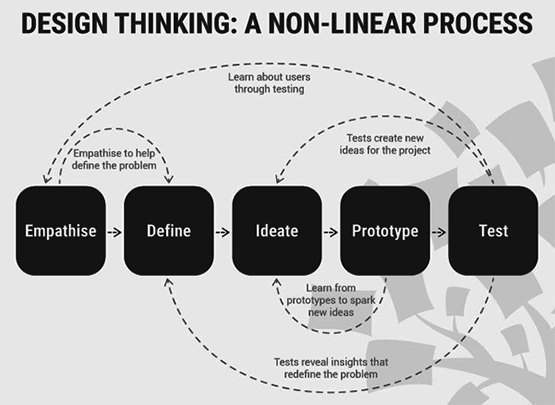
The Non-Linear Nature of Design Thinking
The above process shows one stage seemingly leading to the next with a logical conclusion at user testing. Actually, this process is done in a more flexible and non-linear fashion.
Different teams may conduct more than one stage concurrently, or may collect information and prototype them during the entire project. This enables them to bring their ideas to life and visualize the problem solutions.
It is important to note that the five stages do not have to follow any specific order and they can often occur in parallel and be repeated several times. This model systematizes and identifies the 5 stages/modes in any innovative problem-solving project.
This creates a perpetual loop, in which designers continually gain new insights, develop new ways of viewing the product/service, and develop a far more profound understanding of the problems users face.
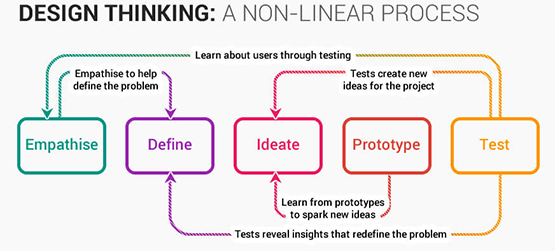
Summary
Design Thinking tackles complex problems by:
- Empathising: Understanding the human needs involved.
- Defining: Defining the problem in human-centric ways.
- Ideating: Creating many ideas in ideation sessions.
- Prototyping: Use a hands-on approach in prototyping.
- Testing: Test a prototype/solution to the problem.
